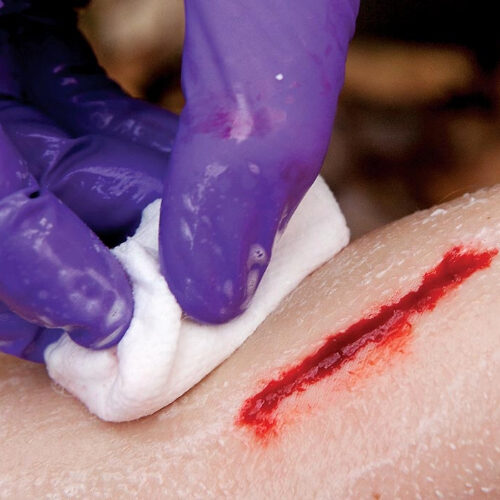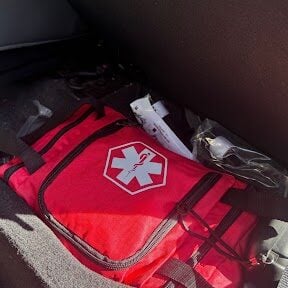
What Bacterial Infections Are Likeliest in the Canadian Northwoods?
Question: What bacterial infections are likeliest in the Canadian Northwoods?
Survival Med’s Answer: In the Canadian Northwoods, there aren’t specific bacteria of concern that are unique to the area, but certain risks come with outdoor activities. Here are some you should be aware of when venturing into the woods:
Leptospirosis: Bacterial infection with water exposure, especially freshwater where wild animals and rodents contaminate with urine. Treated by doxycycline.
Tick-borne Infections: Lyme disease in wooded and grassy areas. Treated by doxycycline.
Melioidosis: Rare but can be found in soil and water in some parts of the Canadian Northwoods. Infection through skin contact with contaminated soil or water. Treated by doxycycline.
Campylobacteriosis: Common in the intestines of wild birds and animals. Contaminated water or improperly cooked food can lead to this and cause campylobacteriosis, cause GI symptoms. Treated by ciprofloxacin and doxycycline.
Giardiasis: Protozoan parasite causes gastrointestinal illness found in untreated water sources. Treated by metronidazole.
Tetanus: Although not specific to the region, tetanus is a concern when outdoor activities involve cuts or wounds that could be contaminated with the bacterium Clostridium tetani in soil. Treated by metronidazole (though you’d need an IV, not oral pill).
For non-specific but possible infections, E. coli GI or UTI infections (treated by trimethoprim-sulfamethoxazole), cellulitis (treated by doxycycline or erythromycin), and tetanus (treated by metronidazole) are considerations, especially in outdoor scenarios involving cuts or wounds. Always consult a healthcare professional for personalized advice.





















